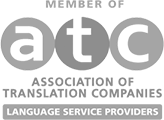In today’s globalized world, connecting with a diverse audience is essential for businesses and individuals alike. Video translation campaigns bridge language and cultural gaps, playing a pivotal role in reaching an international audience. Are you curious about how to measure the success of your video translation campaign and make it more effective? Look no further!
In this comprehensive guide, we will explore the various aspects of video translation campaigns, from understanding the definition of success to the intricacies of localization and video translation services. By the end, you will have a deeper understanding of the importance of video translation services and how to maximize its impact for your business or personal needs.
Key Takeaways
- Video translation campaigns are a powerful tool for reaching international audiences.
- Video Translation provides insights into campaign success, and KPIs can be used to measure effectiveness.
- Professional video translation services like Translated Right enable international businesses to optimize their advertising efforts and reach their target audience.
Introduction

Video translation campaigns play a crucial role in bridging the gap with international audiences and assisting multinational customers in making informed purchasing decisions. The process of converting the content of a video from one language to another allows you to translate video content for a global audience. There are various methods for presenting translated content in videos, including voice-over, translated subtitles, and closed captioning. With the growing demand for translating videos, it is essential to choose the right method for your target audience.
Video translation services offer several benefits, including:
- Paving the way to international markets
- Enabling precise targeting of diverse audiences
- Ensuring content inclusivity across different language speakers
- Facilitating effective video translations
As video translation gains prominence in sectors like eLearning, healthcare, and entertainment, gauging the success of these campaigns becomes increasingly important.
Understanding Video Campaign Success
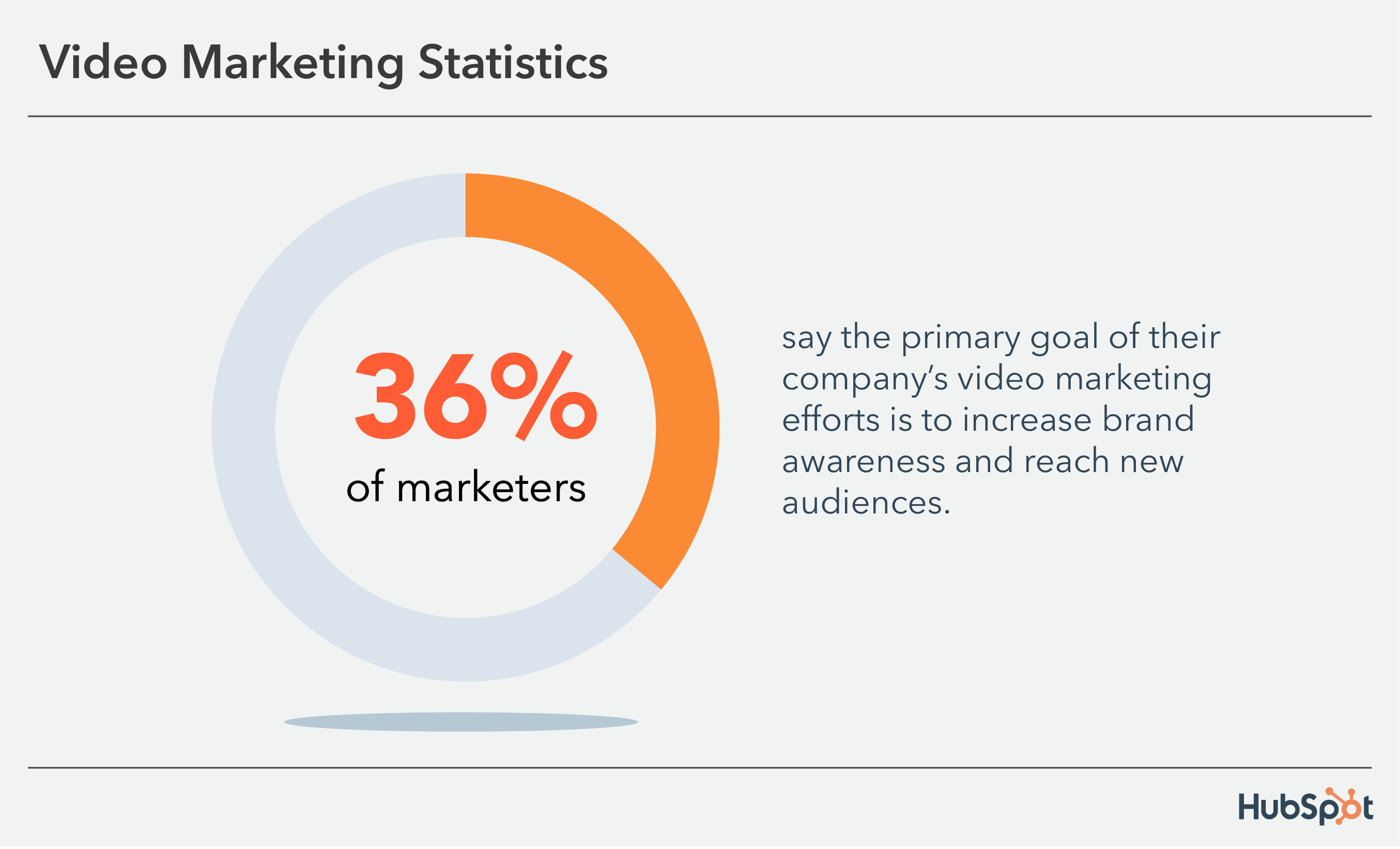
Success for video campaigns is defined as the capability to reach a worldwide audience and accomplish the desired outcomes, whether it’s through video online or other distribution channels. Video translation offers accuracy, efficiency, and the potential to reach a worldwide audience, especially when you engage a professional translation service provider like Translated Right. Taking into account the cultural background of your target audience in video translation is essential to guarantee that the translation is pertinent and captivating for the target audience when you translate a video.
Translated Right enables streaming platforms to proficiently dub their shows and movies into multiple languages, extending their user base throughout different regions. Insights into the success of video campaigns can empower businesses to amplify their advertising efforts and establish a wider audience community.
Measuring Video Campaign Success
Key performance indicators (KPIs) like reach, engagement, and conversions serve as reliable metrics to evaluate the success of a video translation campaign, providing insightful analysis in a matter of minutes. Integrations facilitate the connection between disparate systems or platforms to enable convenient sharing of information and construction of workflows, designed to streamline and automate the captioning process for translated videos.
Other methods to consider when assessing the success of a video translation campaign include analyzing the video commercial, reviewing the quality of the translated video, and ensuring the quality of the translation campaign. Evaluating the success of a video translation campaign with KPIs and other methods allows businesses to fine-tune their video content and efficiently connect with their target audience.
Typical Ways to Measure Video Advertising Effectiveness
Assessing the effectiveness of video advertising in a campaign requires exploring common methods of evaluating the campaign’s success. This includes gauging audience engagement, brand awareness, and return on investment (ROI) through translated captions and other metrics.
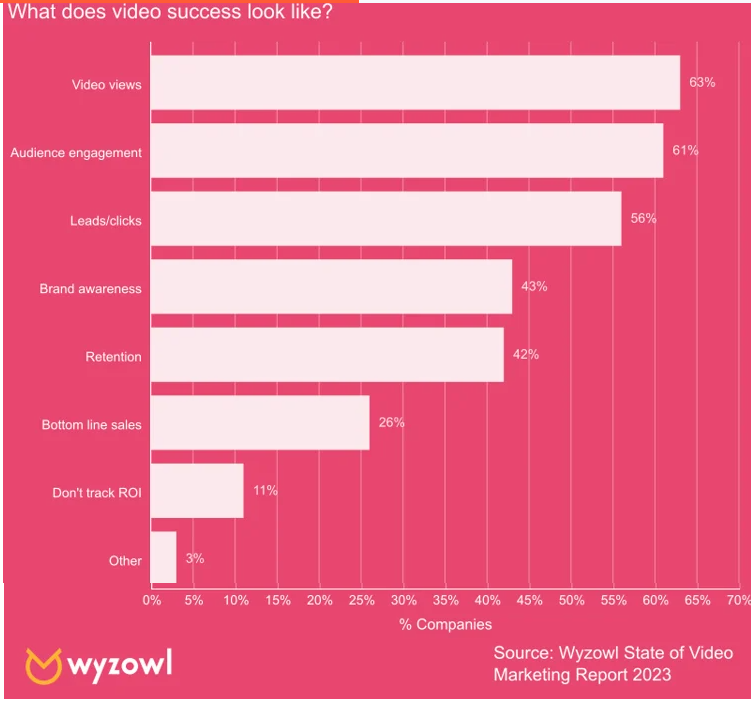
To measure audience engagement in video advertising campaigns, metrics such as:
- Total hours watched
- Number of plays
- Length of the video
- Likes
- Comments
- Shares
- Average view duration
- Click-through rate (CTR)
These metrics provide valuable insights into the video’s ability to retain and captivate the audience, as well as their level of interaction and interest, all in just a few clicks. In just a few minutes, you can gather essential data to improve your video content strategy.
Views, likes, comments, and shares are commonly used to measure brand awareness in video advertising campaigns. This provides an indication of the video’s reach and the level of engagement it has generated.
The ROI of a video advertising campaign is generally determined by assessing the number of conversions, sales, and leads generated as a result of the video. This provides an indication of how effective the video was in achieving its objectives.
The Role of Advertising in Achieving Campaign Goals
Advertising is a critical component of video translation campaigns, acting as the bridge connecting your content with your target audience. Advertising increases the visibility of your video content and ensures it doesn’t get lost in the sea of online videos. Through targeted advertising, you can reach your desired audience effectively.
Consistent and well-placed advertising can enhance brand recognition. Viewers who repeatedly see your brand in the context of valuable content will have a reinforced image of your brand. Building trust by connecting with customers is the capstone of reaching video campaign success. So how do you increase your Video Advertising Effectiveness for a global audience? How does it differ from targeting a specific region?
How Video Localization Increases Video Advertising Effectiveness
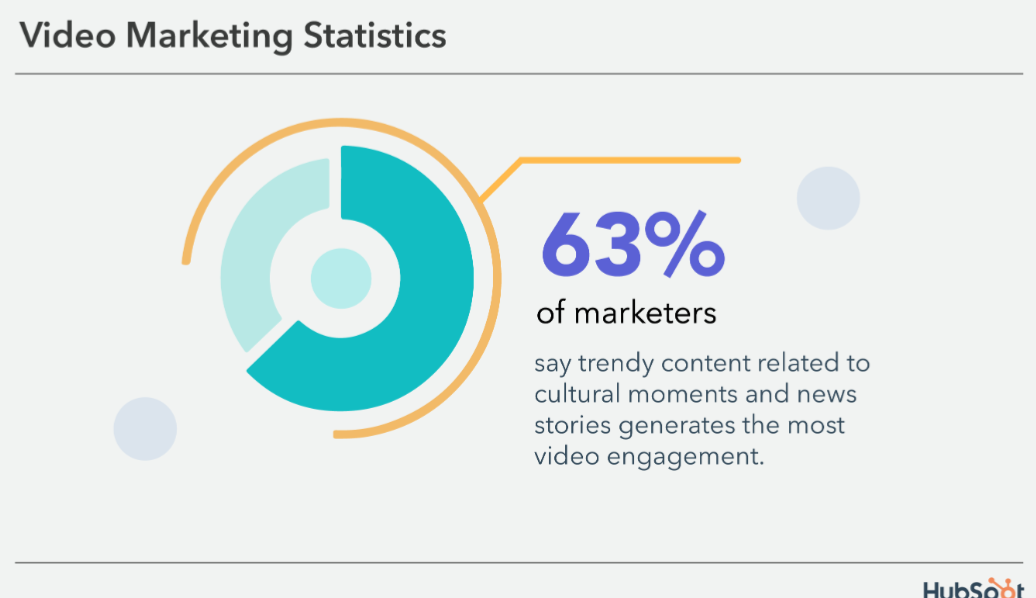
Video localization is a game-changer for increasing advertising effectiveness in global campaigns. Localization involves adapting content to suit the language, culture, and preferences of the target audience. Localized ads are more relevant to the target audience as they use the language, cultural references, and understand the nuances that resonate with viewers. Localized ads improve engagement by ensuring that the message is not lost in translation.
Localization builds trust with viewers by showing that your brand respects and values the local culture. Localization allows for effective entry into new markets by breaking down language barriers and making your brand accessible to a broader international audience. By incorporating video localization in advertising campaigns, businesses can effectively connect with their target audience and enhance the overall effectiveness of their video advertising efforts.
Measuring Media Effectiveness
To measure the effectiveness of various media used in a video translation campaign, follow these steps:
- Define the goals and objectives of the campaign.
- Calculate the total campaign costs, including translation, production, and distribution expenses.
- Measure the revenue generated from the video campaign.
- Divide the revenue by the total campaign costs.
- Multiply the result by 100 to get the ROI percentage.
For a more detailed calculation, online ROI calculators or resources like IdeaRocket Animation and InVideo can be consulted.
The most effective tools for assessing the success of a video translation campaign include Wistia, Agility PR, Nielsen Ratings, Arbitron, and Meltwater Radarly. Evaluating the success of a video translation campaign requires the use of key performance indicators (KPIs) and other methods such as integrations, analyzing video commercial, reviewing a good video, and ensuring quality video translation work.
Boosting Media Effectiveness with Video Translation and Transcription Services

Video translation and transcription services enhance media campaigns by making video content accessible to a wider audience, including those who prefer reading or have hearing impairments.
Benefits of video translation and transcription services include:
- Making video content accessible to a wider audience
- Improving video discoverability through indexed transcripts
- Reaching a global audience by translating content into multiple languages
You can repurpose your content into transcripts and translations, so that they can be used across various media channels, making content more versatile and effective. Harnessing video translation and transcription services can elevate the effectiveness of media channels and maximize the impact of video translation campaigns.
Benefits of Video Translation Services
Video translation services provide increased access to content for a larger audience. This is particularly relevant for industries such as eLearning, healthcare, and entertainment. In the Healthcare sector, video translations and medical document translations can facilitate global knowledge exchange and potential advancements in treatments effectively. Universities can use video translations to enables educators to reach a broader audience by automatically dubbing lectures, tutorials, and instructional videos, thus facilitating access to content for students from diverse linguistic backgrounds in their native language.
Moreover, the education sector does not preclude the Learning & Development departments of companies that are passionate about training their employees to be the best they can be in their work, so video translations can help:
- Provide multilingual versions of training videos
- Enable students from different linguistic backgrounds to access content in their native language
- improve understanding and involvement
Leveraging video translation services allows businesses to train their employees, suppliers and various partners to be more effective in their work and strongly retains employees who appreciate the growth that the company has invested in them.
The Video Translation Process
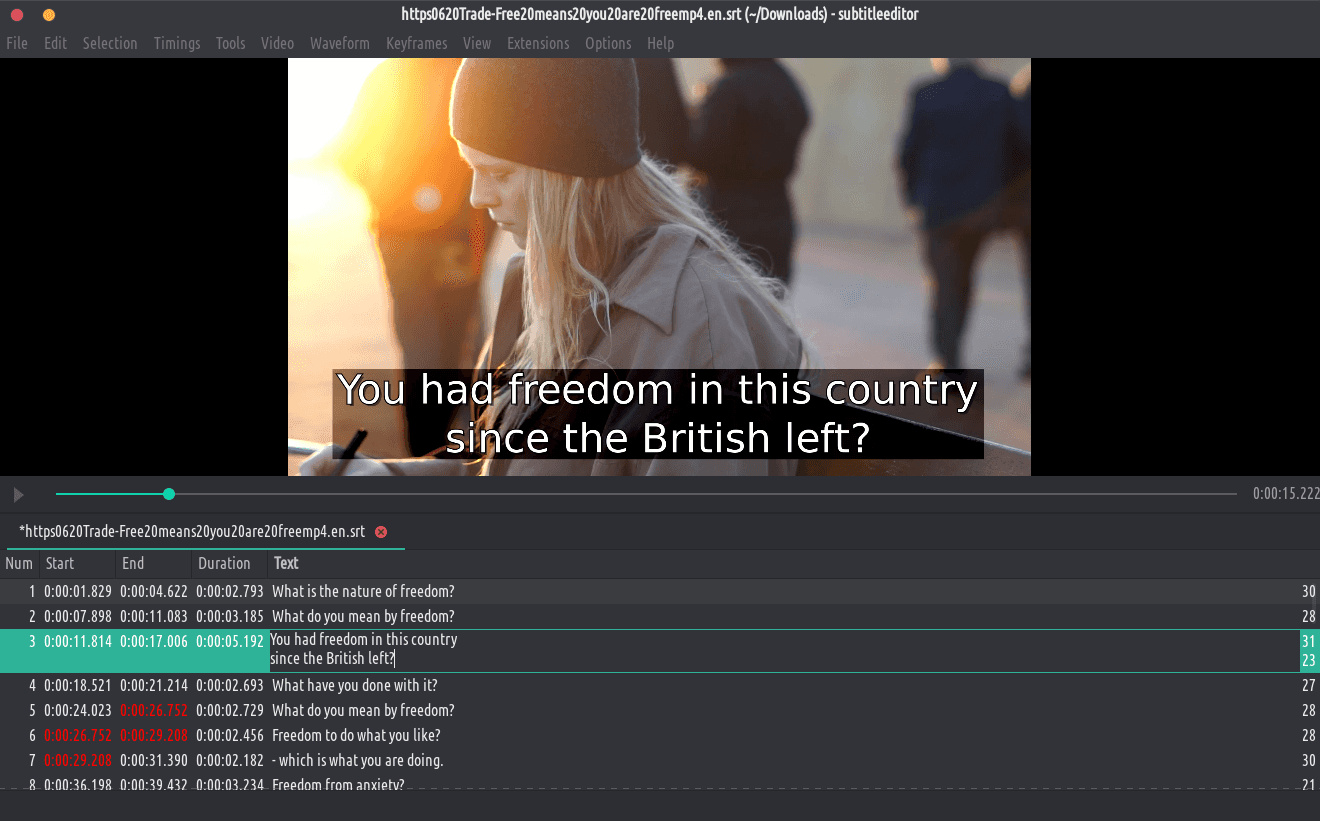
The initial step in the video translation process is transcription. This involves converting spoken dialogue from the video into written text. Qualified translators ensure that the translation accurately conveys the necessary information and relevant cultural nuances. The review process for voice-overs in video translation ensures that the voice-overs are comprehensible and easily understood by the target audience.
Translated Right’s professional linguists are responsible for ensuring accuracy in translated text. They review, and then translate the auto-transcribed text into the desired target languages. The purpose of voice-over and dubbing in video translation is to provide high-definition, high-quality video files for final internal review. This allows linguists to make necessary translation adjustments in real time, thus enabling them to complete the project in an efficient manner.
Language Options for Video Translation

We offer over 120 languages and more than 950 language pairs for video translation services. This extensive range of languages allows businesses to effectively reach a diverse, global audience. Translated Right offers a convenient solution for translating corporate videos, marketing videos and training videos to widen your brand’s reach in a specific geographical region.
The Video Translation Brief is an online profile with essential information about your content. It will explain all the business objectives to the translator in a clear, contextual way. Translated Right addresses the issue of providing subtitles in multiple languages without the requirement of extensive translation time.
Offering an extensive array of language options for video translation empowers businesses to broaden their reach and engage with diverse global audiences.
Professional Voice-Over Services

The utilization of professional voice-over services is essential in guaranteeing superior video translations. When it comes to voice-over in videos, it is crucial to enlist native speakers of the target language to ensure high-quality sound and natural delivery. This guarantees that the translated content accurately conveys the intended message and connects with the target audience on a deeper level.
In addition to native speakers, working with professional voice actors who have experience in video translation ensures that the voice-overs are engaging and appropriate for the content. Using professional voice-over services, businesses can enhance their video translations and efficiently connect with their target audience.
Subtitling and Closed Captioning
Subtitling and closed captioning are utilized to enhance the accessibility and engagement of video content. Time synchronization is essential in video translation, as it ensures that the translated version is appropriately positioned on the video or audio file. Clients can choose the length of words in each row of text, as well as the font type and background colour of the subtitles.
Video subtitling serves to communicate dialogue, while omitting non-speech elements such as sound effects in the audio track. SDH subtitles are designed for the deaf or hard of hearing, providing the same information as closed captions but with longer line limits, timing differences, and a different visual appearance.
Incorporating subtitling and closed captioning in video translation campaigns helps businesses extend their reach to global audiences and diversify language availability in their video content.
Video Localization: Beyond Translation
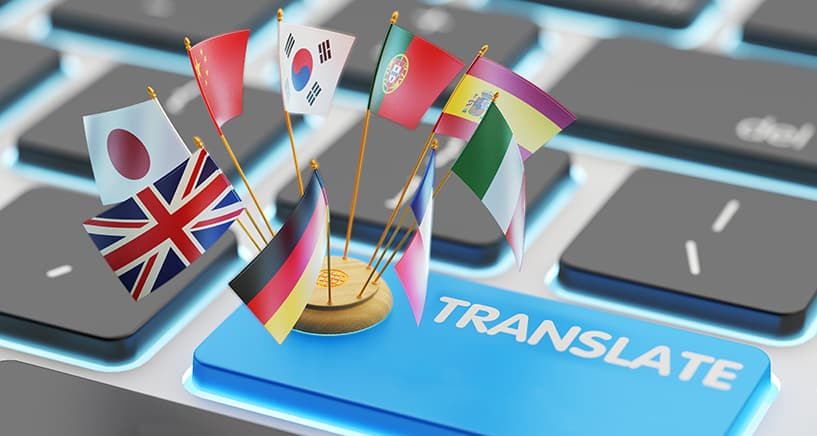
Video localization is the process of adapting a video to make it comprehensible and relatable to a particular target audience. This involves translating the spoken and written content of the video into the audience’s native language and adjusting other elements to suit their cultural preferences. Localization guarantees that the video effectively conveys the intended message and connects with the target audience on a deeper level.
Cultural adaptation is essential for successful video localization. This process involves making necessary adjustments to the content, visuals, and design of the video to ensure that it is culturally relevant and appealing to the target audience. Some key steps in cultural adaptation include:
- Replacing culturally specific references, idioms, and examples with ones that are more relatable to the target culture
- Adapting visual elements to align with cultural norms and preferences
- Adjusting the tone and style of the video to match the cultural sensibilities of the target audience
By implementing these cultural adaptations, you can create an immersive and engaging experience for the viewers, thus optimizing the video localization campaign.
Industries Benefiting from Video Translation Services

Video translation services provide increased access to content for a larger audience, which is particularly relevant for industries such as
- eLearning,
- healthcare, and
- entertainment.
Analyzing a Video Commercial

To assess the success of a video commercial, it is essential to identify the objectives of the video commercial. Some objectives may include:
- Increasing brand awareness
- Driving website traffic
- Generating leads or sales
- Educating or informing viewers
- Building customer loyalty
By analyzing a video commercial and making necessary adjustments, businesses can optimize their video content and effectively reach their desired audience. Modifications to the video commercial can be made with just a few clicks; these may include translating videos to various languages, incorporating subtitles, or modifying the visuals. Translated Right offers strong customer support throughout the video translation process.
Reviewing a Good Video

When assessing the quality of a video, the visuals, audio, and overall message should be taken into account. To accurately evaluate the quality of a video, it is recommended to watch it multiple times, taking into account the visuals, audio, and overall message.
To guarantee content quality in a video, the following steps should be taken:
- Conduct multiple reviews to ensure accuracy and clarity.
- Utilize professional voice-over services for clear and professional audio.
- Implement subtitling and closed captioning to make the video accessible to a wider audience.
Adhering to these tips and guidelines can help businesses maintain their video content quality and amplify the impact of their video translation campaigns.
Ensuring Quality in Your Video Translation Campaign
To ensure quality in your video translation campaign, it is important to work with professional translators who possess expertise in video translation and are native speakers of the target language. This ensures that translations are both accurate and culturally relevant. Regularly evaluating the linguistic accuracy of the translated content is also recommended, which can be achieved through conducting linguistic reviews or collaborating with language experts to receive feedback on the quality of the translation.
In addition, it is important to be mindful of cultural nuances and ensure that the translated content is appropriate for the target audience. This includes adapting idioms, references, and other cultural elements to ensure that the video is well-received by the viewers. By following these best practices, businesses can guarantee the quality of their video translation campaigns and effectively reach their target audience.
Conclusion
In conclusion, measuring and evaluating the success of video translation campaigns is crucial for businesses and individuals alike. By utilizing professional translation services like Translated Right, you can effectively reach a diverse, global audience and ensure high-quality, culturally relevant content. With the growing importance of video translation in industries such as eLearning, healthcare, and entertainment, understanding the success of these campaigns is essential for optimizing your advertising efforts and connecting with a broader audience.
Adopting the insights and best practices outlined in this comprehensive guide can help enhance the impact of your video translation campaigns and achieve your set objectives. So, don’t wait any longer – start leveraging the power of video translation services today!
Summary
In summary, video translation campaigns play a vital role in connecting with a global audience and overcoming language barriers. Utilizing professional translation services, such as Translated Right, is essential to ensure high-quality, accurate, and culturally relevant content. By measuring and evaluating the success of video translation campaigns using key performance indicators and other methods, businesses can optimize their video content and effectively reach their desired audience.
Furthermore, video localization, voice-over services, subtitling, and closed captioning all contribute to the overall success of video translation campaigns. By understanding these aspects and implementing best practices, businesses can effectively tap into international markets and create an engaging experience for their target audience.
Frequently Asked Questions
Is there a way to translate a video?
Yes, translating a video is possible: upload the video on platforms like YouTube and use subtitles with Google Translate to convert them into your desired language.
What is video translation services?
Video translation is the process of transcribing, translating and subtitling a video for use in another language. It may also include dubbing or adding a voice-over track.
How can businesses measure the success of their video translation campaigns?
Businesses can measure the success of their video translation campaigns by monitoring key performance indicators such as reach, engagement, and conversions.
What is the difference between subtitling and dubbing?
Subtitling adds text over the video, whereas dubbing replaces the original audio with translated audio.
What industries can benefit from video translation services?
Video translation services can be a valuable asset for industries such as eLearning, healthcare, and entertainment by allowing them to reach a larger audience and make their content more accessible and engaging.



